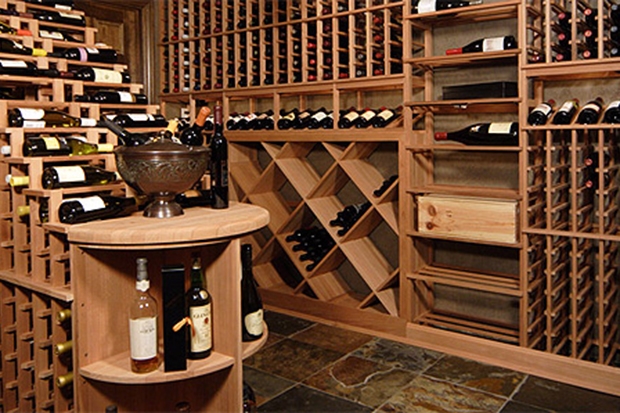I was struck recently as I perused the modest collection of bottles I pretentiously call my ‘home cellar’ (the really good stuff has to be kept out reach, I’m afraid) by the dreadful uniformity of its contents. There was certainly enough variety in terms of style, but everything was held within the globally invariant, ubiquitous, standard 75 cl bottle. Don’t get me wrong I think 75 cl is a wonderful – arguably ideal – size, but variety is the spice of life and I was lacking it!
Why? Was this because we now live in an increasingly choice-less society or a sad reflection of my ‘half a couple with kids’ status? There are lots of reasons for straying from the standard measure and plenty of variations. Firstly and most commonly there is the half bottle (37.5cl) the case for which is indisputable. A full bottle is a hefty dose for a lone imbiber, and they’re also good for drivers (sharing), restaurant-goers (more choice) and impromptu picnickers (less baggage). Another asset of the humble half is that they have a greater ratio of air to wine and are thus earlier maturing; conversely larger formats age more slowly, which can also have its advantages. Sadly, as worldwide demand for quality wine increases, the willingness of wine producers to bottle in ‘other formats’ diminishes.
The magnum or double bottle (1.5 litres) should never be overlooked. The name sounds great, especially when ordered with confidence in a restaurant. They look fantastic and add panache to any dinner table. Moreover they hold twice the volume, which should keep the party going while giving the host less work opening bottles. They’re also ideal for ‘laying down’ long term.
Two sizes that I tend to avoid are half litres (a largely failed European glass manufacturers marketing initiative), whose only possible justification is for sweet wines, and litres, which are just too studenty (and I have been there). One size that is sadly now almost obsolete is the pint or ‘Churchill’. Apparently Sir Winston deemed this the perfect size for his individual consumption of his beloved Pol Roger Champagne and had bespoke bottlings produced accordingly.
Champagne is where one must turn to really enjoy the full gamut of bottle sizes and the names alone justify their continuation: quarter bottles (18.75cl) are hard to find but are useful for smuggling into hospitals and theatres and have recently enjoyed a revival (in 20cl bottlings) amongst the nightclubbing fraternity, who drink direct from a straw. We’ve already covered halves, bottles and magnums, which leads us on to the really good stuff: Jeroboam or double magnum (3 litres or 4 bottles), Rehoboam or triple magnum (4.5 litres or 6 bottles), Methuselah (6 litres or 8 bottles), Salmanazar (9 litres or 12 bottles), Balthazar (12 litres or 16 bottles), Nebuchadnezzer (15 litres or 20 bottles) and lastly for those feeling particularly festive, Melchior (18 litres or 24 bottles). Many of these sizes can also be found in Bordeaux, which also boasts Marie-Jeanne (2.25 litres or 3 bottles) and Imperial (6 litres or 8 bottles).
The only downside of bigger bottles is that if they’re out of condition you lose more wine – so it’s worth checking terms with your supplier before you invest in anything too grand. That said we have a duty to maintain these ‘odd’ sizes for future generations, and just think of the impression you’ll make at the bottle bank!
Jason Yapp is the owner of Yapp Bros, a Spectator wine partner
This article was originally published on yapp.co.uk/blog





Comments